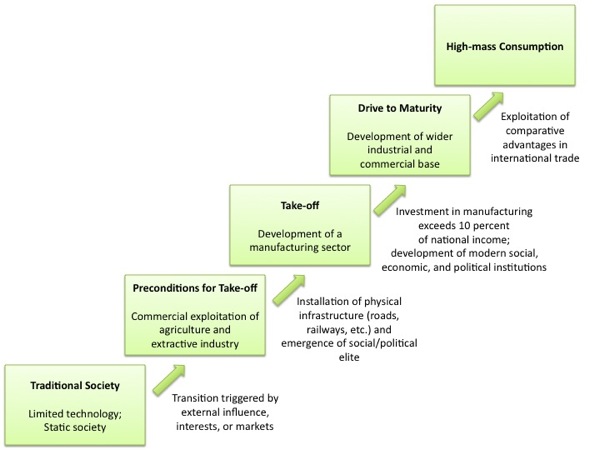Bretton Woods and nation-states
Content Page from Previous Semesters - For Reference Only
Two significant developments occurred in the 1940s that helped transition into the development era. The first were a series of meetings that occurred in Bretton Woods, New Hampshire in 1944. These were intended to negotiate agreements on the rules for commercial and financial systems between the world’s major industrial states, while rebuilding the capacity of European countries to rebuild after the Second World War. The groundwork was set for the establishment of two international development organizations that continue to have significant impacts today: the International Monetary Fund (IMF) and the World Bank.
Categorization of countries was part of the development strategy, with First World countries being Western industrialized countries (United States, Great Britain, Canada…etc.), Second World countries (Russia and its allies, eventually the Soviet Union), and Third World countries being all the rest. One of the features of economic development at this time was the cultivation of particular characteristics within Third World countries to supposedly move them towards development. This was known as modernization theory. The best example of this was Walt Rostow's (1960) book “The Stages of Economic Growth: A Non-Communist Manifesto” that positioned each country in a particular stage that required technical and cultural transformation to facilitate its development. Figure 3 is the stages of growth:

The five stages were traditional society, preconditions for take-off, take-off, drive to maturity, and high mass consumption. These stages were an ideal path, involving a linear evolution that occurs through increased manufacturing and industrial organization, infrastructure development, and the emergence of an elite population. Rostow argued that countries could move along the trajectory once they acquired certain economic, political and cultural characteristics that resembled the developed world. Modernization was firmly linked with the strategy of containing the Soviet Union, as the United States and its allies believed economic development would resist the spread of Communism throughout the Third World. As such, development aid was often directed towards countries strategically to serve Western geopolitical interests.
